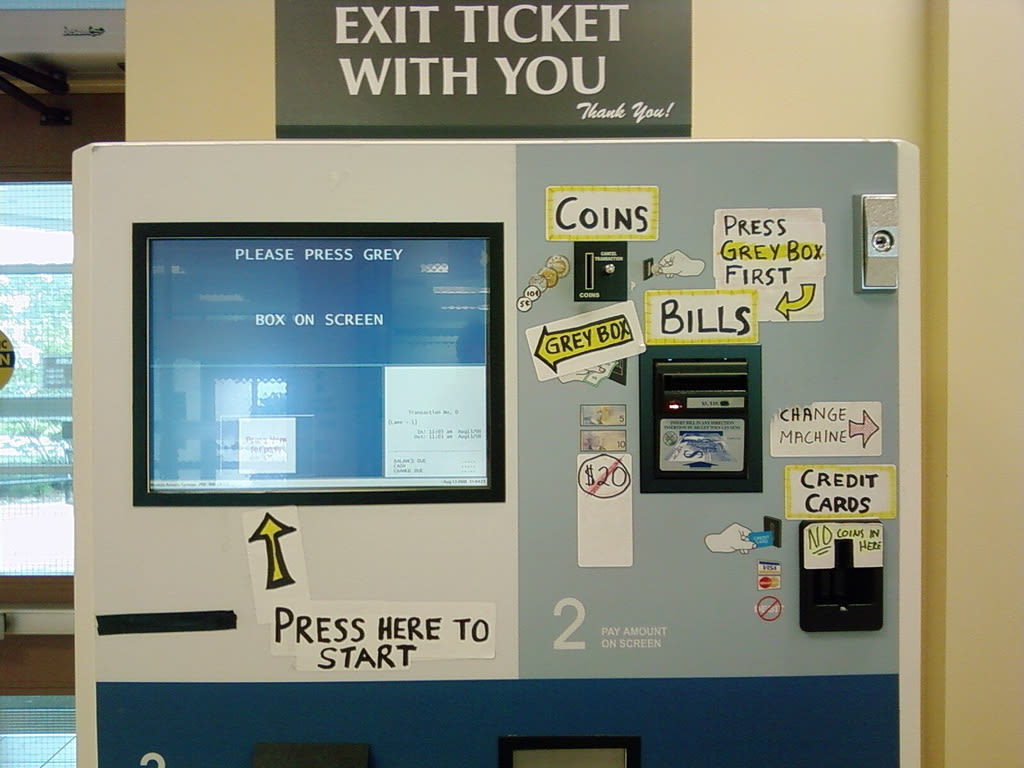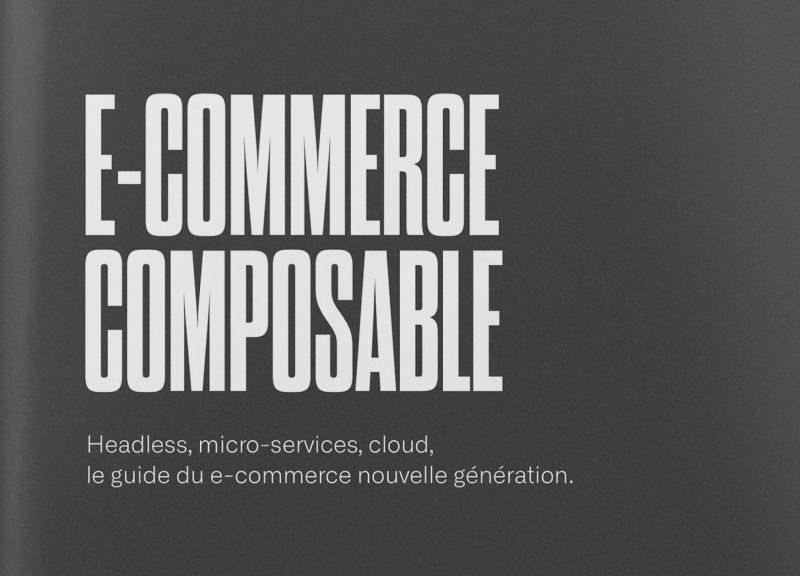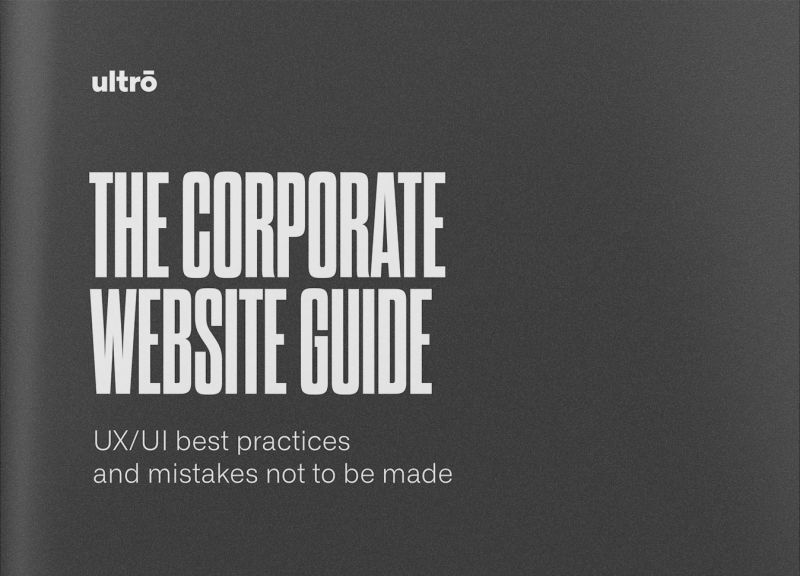
We understand how confusing it can be for a client to approach agencies and receive budget estimates that range from one to two for the same project. Let's be honest, this is a common occurrence. Easy access to technology, self-training and technical knowledge are partly responsible for this phenomenon, but not only.
The design of a website or an application calls for several expertises, some of which are not as visually apparent as others.
And this is where things get complicated.
This expertise becomes apparent not at first glance, but when the service is used in real conditions with one or more objectives to achieve. A website may be attractive on the surface but not very effective when it comes to convincing or converting. Just as a device or accessory may be pleasant to look at but not very practical to use because of poorly thought-out ergonomics. Everyone has had an online experience that was confusing, too long, or irritating.

Conversely, some digital experiences are pleasing to us from the very first interactions. It is sometimes difficult to explain this because it is a 'feeling', an effect produced by a subtle combination of details, which again is the result of fine-tuned knowledge: clarity of the proposition and messages, writing, tone, ergonomics, graphics and typography. A few years ago, it was not uncommon for the Apple website to be quoted as a reference in a brief. Even for projects that had nothing in common with the brand's products. Its organized and minimalist interface, the quality of the shooting and the writing made it an example of a successful experience for many.
It was then up to us to explain that to achieve such a result, it was not enough to copy the interface, but rather the methodology. This is what we are still doing today.
These "invisible to the naked eye" layers are essential to us because they determine the success and overall performance of the service.
But also its life span. This added value has a cost, but we consider it more as an investment. In 2018, I discussed this topic in an article on the links between design and economic performance based on the study "The business value of design" by McKinsey. Our view on the subject has not changed: companies that rely on design will always do better.
But it's not all about the advice, technology choices can also tip the balance.
This is a choice we made when we created the agency: that of regularly questioning technology. Like many, we could have opted for one or two open-source platforms and built all our projects around them for years. This comfortable and reassuring position does not always have all the advantages for the client: instability, maintenance, versions, obsolescence, heaviness. These are all proven realities that we have experienced and chosen to spare our clients in favor of solutions that are more user-oriented than developer-oriented (in our case, Shopify for e-commerce, Contentful and Kirby for content management, Netlify or Always Data for hosting).
In the end, the budget for a website depends heavily on all these choices and on each agency's own methodology.
But it also depends on the amount of innovation and ambition it wishes to invest, the qualitative objectives it sets itself and the experience of its staff. All these elements are added to the working days evaluated for each phase of the project. This is how our budget proposals are organized, and it is up to us to make them explicit to our clients.
Let's talk about your project
We have also written :
Take pride in your B2B applications
The corporate website guide: UX/UI best practices and mistakes not to be made
Article created on . Edited on .

